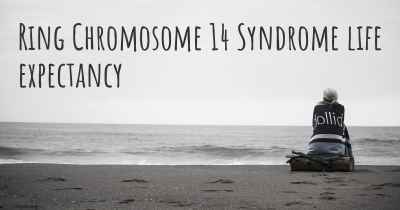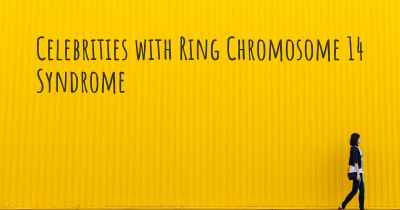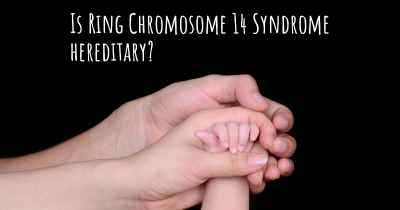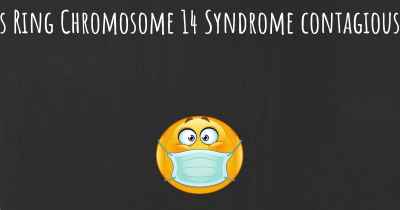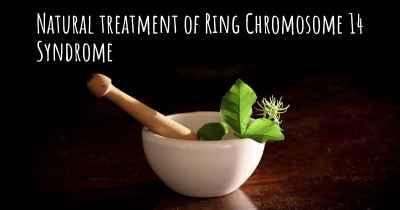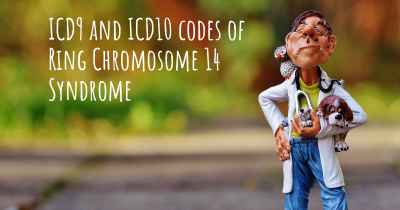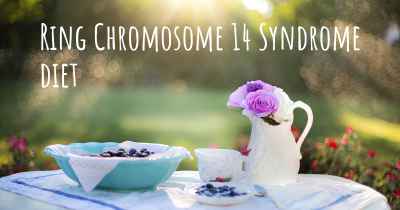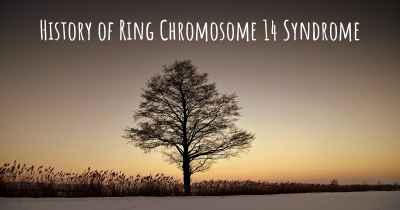Living with Ring Chromosome 14 Syndrome. How to live with Ring Chromosome 14 Syndrome?
Can you be happy living with Ring Chromosome 14 Syndrome? What do you have to do to be happy with Ring Chromosome 14 Syndrome? Living with Ring Chromosome 14 Syndrome can be difficult, but you have to fight to try to be happy. Have a look at things that other people have done to be happy with Ring Chromosome 14 Syndrome
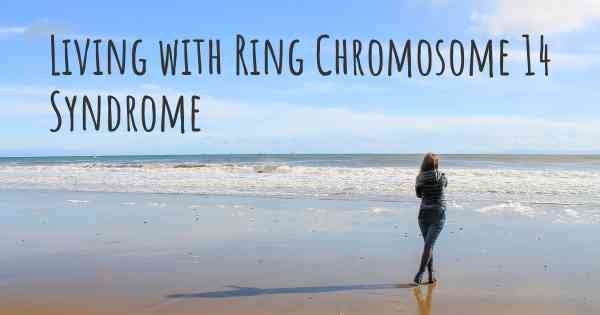
Living with Ring Chromosome 14 Syndrome
Ring Chromosome 14 Syndrome (RC14S) is a rare genetic disorder caused by a ring-shaped chromosome 14. This condition can lead to various physical and intellectual disabilities. While living with RC14S can present challenges, there are strategies and support systems that can help individuals and their families navigate this journey.
Medical Management
It is crucial for individuals with RC14S to have regular medical check-ups and consultations with healthcare professionals who specialize in genetic disorders. These specialists can provide guidance on managing specific symptoms and offer appropriate treatments. Medications may be prescribed to address seizures, sleep disturbances, or other associated medical conditions. It is important to follow the recommended medical management plan and communicate any changes or concerns to the healthcare team.
Early Intervention and Education
Early intervention services play a vital role in supporting individuals with RC14S. These services, which may include physical therapy, occupational therapy, speech therapy, and special education, aim to enhance development and improve functional abilities. Early intervention programs can help individuals with RC14S reach their full potential and acquire essential skills for daily living.
Education is another crucial aspect of living with RC14S. Individuals with RC14S may benefit from specialized educational programs tailored to their unique needs. These programs can provide individualized instruction, adaptive equipment, and assistive technology to facilitate learning and participation in the classroom. Collaborating closely with educators and school administrators can help ensure that appropriate accommodations and support are in place.
Supportive Services
Living with RC14S can be challenging, both for individuals with the condition and their families. Accessing supportive services can greatly enhance the quality of life for everyone involved. Support groups, either in-person or online, can connect individuals and families facing similar challenges, providing a platform for sharing experiences, advice, and emotional support.
Additionally, seeking counseling or therapy services can be beneficial for individuals with RC14S and their families. These services can help address emotional well-being, coping strategies, and family dynamics. Professional therapists can provide guidance on managing stress, navigating the healthcare system, and fostering resilience.
Creating a Supportive Environment
Creating a supportive environment at home is essential for individuals with RC14S. This can involve adapting the living space to accommodate specific needs, ensuring safety measures are in place, and providing a structured routine. Encouraging independence and fostering a sense of belonging can also contribute to overall well-being.
It is important for family members and caregivers to educate themselves about RC14S, its symptoms, and associated challenges. Understanding the condition can help in providing appropriate support and advocating for the individual's needs. Open communication, patience, and empathy are key in building strong relationships and promoting a positive environment.
Advocacy and Future Research
Advocacy plays a crucial role in raising awareness about RC14S and promoting research efforts. By advocating for increased funding, resources, and support services, individuals and families affected by RC14S can contribute to improving the lives of those living with the condition. Participating in research studies and clinical trials can also help advance scientific knowledge and potentially lead to new treatments or interventions.
Living with Ring Chromosome 14 Syndrome requires a multidisciplinary approach, involving medical management, early intervention, supportive services, creating a supportive environment, and advocacy. By accessing appropriate resources and support systems, individuals with RC14S can lead fulfilling lives and reach their full potential.
